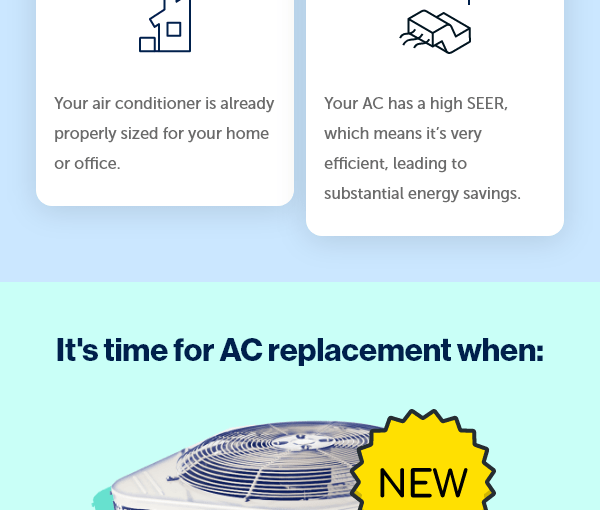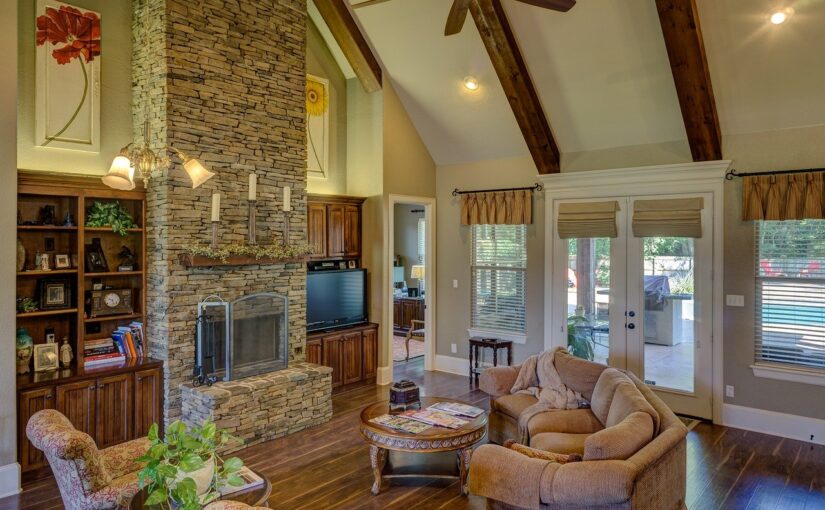
There’s a reason why the surge protector market is valued at roughly $2.35 billion. These days, more appliances than ever before using advanced electronics to operate. Sadly, a power surge has the potential to seriously damage these components.
So, how do you prevent it? By installing a surge protector in your home. But, what is the best surge protector for your specific needs? And what are the benefits that come with it?
If you want to learn the answer to these questions, and more, then you’re in the right place. In this article, we’ll teach you everything you need to know about whole house surge protection. Let’s get started!
What Are Power Surges?
To understand surge protectors it’s important to first know about power surges. Surges occur within the electrical potential that’s found in a circuit. It’s a short and fast occurrence that results in overvoltages.
Power surges can come from both inside your house, and outside your house. Here are some of the common causes of power surges:
- Power outages
- Circuit breakers tripping
- A malfunction that’s caused by the power company
- Transitioning to equipment that uses a lot of power
- Inductive spinks
- Electromagnetic pulses (or EMPs)
- Lightning strikes
Lightning strikes are the rarest types of power surges. However, they’re also the most devastating.
What Are Whole House Surge Protectors?
A surge protector is a type of protective equipment that keeps your appliances safe during the surges of electricity. When power surges occur, they have the potential to disrupt the entire electrical system in your house. So, how does it work?
When the surge protector detects a sudden spike in voltage it immediately diverts the energy into a grounding wire. If the surge is more than its threshold of 120 V, then it will be short. By blocking the voltage it protects the appliances from this surge.
But, where does the excess energy go? It’s diverted back to the building’s return line. There are many different types of surge protectors. Many of them only work for specific outlets.
However, if you want the best type, then we recommend a whole house surge protector. These types of products connect directly to your home’s power service box. As such, your entire electrical grid is protected, not just certain appliances.
Whole house surge protectors are also the only defense against the rare type of lightning strike power surges. Surge strips will often be blown out after these types of surges. But, whole house models can last for years to come.
Benefit #1 of Surge Protectors: It Protects Your Appliances
It’s helpful to think of surge protectors as a type of insurance for the appliances that you use every day. Small surges can speed up the degradation of appliances, cutting years off of their usefulness.
In the event of a large surge, like one caused by a lightning storm, it can destroy them. As such, the biggest benefit is that it prolongs the life of your appliances. This allows you to save money and prevents you from contributing pollution with broken appliances.
Benefit #2 of Surge Protectors: It Covers Your Entire Home
Traditional surge protectors only cover one outlet. As such, if you go with a whole house surge protector, then your entire home gets protection.
It’s much more affordable too than trying to cover every single outlet with an individual surge protector. As we mentioned before, this includes protection from huge, catastrophic surges, like the ones caused by lightning storms.
Benefit #3 of Surge Protectors: They’re Affordable to Install
Surge protectors are an investment. They usually cost a couple of hundred dollars. However, this is a small amount compared to what you’ll save on maintenance and replacement for appliances.
Without a surge protector, gradual or sudden surges can cost you thousands of dollars depending on what’s affected. Imagine having to replace every device that was hooked up to an outlet.
As such, you’ll save a lot of money with some foresight.
Benefit #4 of Surge Protectors: Easy Installation
Don’t think that you’ll need to rewire your entire electrical system to use a surge protector. Installation takes less than a day. So, not much planning is required. Plus, you’ll start getting immediate protection.
Where Can You Find Whole House Surge Protectors?
Hopefully, by now we’ve convinced you of the benefits that come with these types of whole house surge protectors. The next step is to get one installed in your home. To do this, you will need to find a supplier that can help you install it.
The good news is that there are a variety of companies that offer this service. The bad news is that they aren’t all made equally. So how do you find an installation company that you can trust? We recommend looking for local companies in your area.
Read their reviews and find out what the general customer experience was like. Ideally, you’ll find a company like Sunrise Electric that has a lot of experience and positive reviews with surge protection installation.
Be careful around companies that have a lot of negative reviews. While a few are normal, a lot should be considered a red flag.
Enjoy Learning About the Best Surge Protector? Keep Reading
We hope this article helped you learn some of the benefits that come with installing the best surge protector in your home. While power surges aren’t likely to put your safety at risk, they can cost you serious money.
As such, the greatest benefit that comes with surge protectors is the peace of mind in knowing that your appliances are safe. Did you enjoy this article? If the answer is yes, then you’re in the right place. Keep exploring to find more topics that you’re sure to love.










